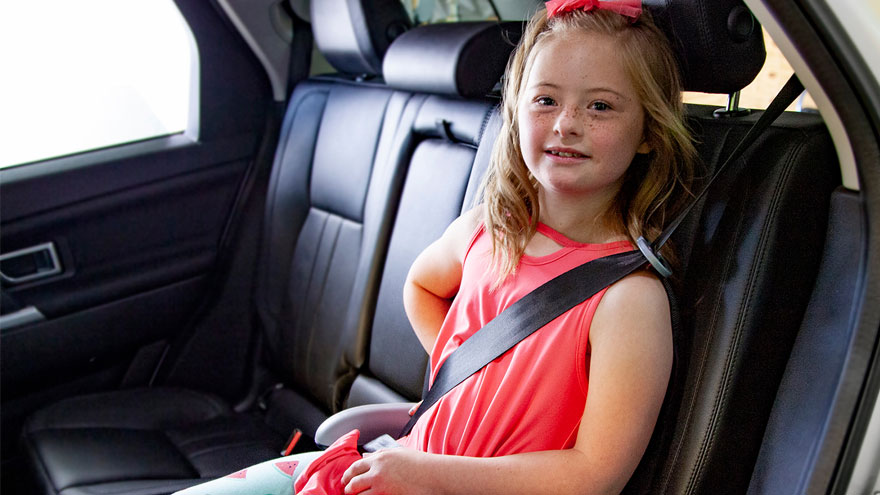Transitioning Your Child Out of Their Car Seat
August 13, 2019

Moving to a booster seat too soon
According to Safe Kids Worldwide, nearly 9 in 10 parents remove children from their booster before they’ve reached the recommended height, weight, or age of their car seat recommendations, which leaves the seat belt in a position on the child that could injure them. If the child is not the proper height, the seat belt can rise up on the belly, instead of the hips where it’s supposed to sit, which can lead to spinal cord damage or whiplash in the event of a car crash.
Solution: You can switch from a car seat to a booster seat when your child has topped the weight allowed by the car seat manufacturer; typically 40 to 80 pounds (18 to 36 kilograms). Remember, however, that your child is safest remaining in a car seat with a harness for as long as possible. Booster seats must always be used with a lap and shoulder belt — never a lap-only belt.
Transitioning to a safety belt too soon
Older children need booster seats to help ensure the seat belt stays properly positioned on their body. The lap belt should lie low across the child's hips and pelvis with the shoulder belt crosses the middle of the child's chest and shoulder, so that in the event of a crash, the forces are applied to the hip bones and not the abdomen. If the lap belt is not positioned properly then it could lead to injuries to the spinal cord and abdominal organs.
Solution: Most kids can safely use an adult seat belt sometime between ages 8 and 12.
Always use a booster seat until the child passes the 6-step test
- Your child reaches a height of 4 feet, 9 inches (nearly 1.5 meters)
- Their back is flat against the seat back.
- Knees bend over the edge of the seat and feet are flat on the floor.
- The shoulder belt sits on their shoulder and chest (not face or neck.)
- The lap belt sits low on their hips and touches their upper thighs (not on their stomach.)
- Your child can sit comfortably this way for the entire trip.
The American Academy of Pediatrics reminds us that the back seat is the safest place for children younger than age 13.